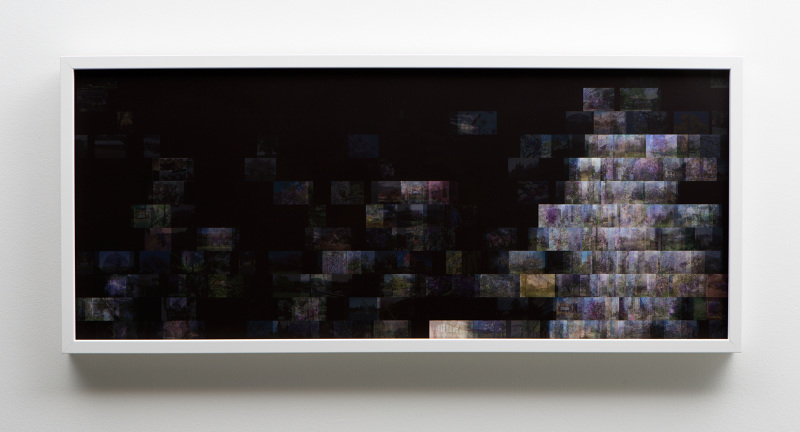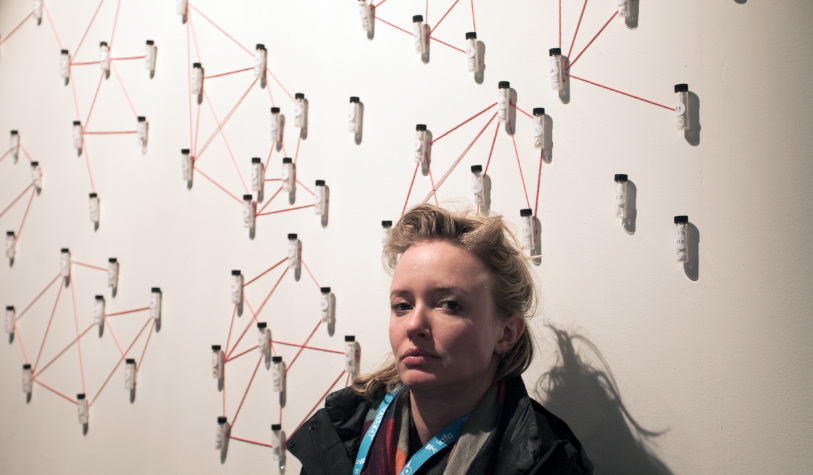
Of all the women practitioners I have come across in the field of interaction design and computation, I find Tega Brain’s voice to be one of the most unique. Tega Brain uses computation and combines it with environmental interpretation of computers and her work forms bridges between computation and design as it occurs in nature. She creates computation systems/projects that respond to natural phenomena and vice versa.
Tega Brain is an Australian-born computational designer/artist. She has a background in environmental engineering. She is a professor of New Media at NYU and is associated with Processing.org – a language similar to p5.js for visual computation.
The project I found the most interesting, especially because we recently learnt about images in p5.js is called “Keeping Time”. As described on her website – “Keeping Time portrays a complex biological system living through the Anthropocene. The series is made by scraping the Flickr database for images of particular plant species and laying the results out according to their time stamp. Photographs for each year are arranged in rows and are ordered across each row according to date.”
She uses transparency of images and their density in a given area of pixels to visualise time and the age of species. I admire that she uses images to visualise data and this project speaks to her larger body of work where she combines design with environmental phenomena.
![[OLD FALL 2020] 15-104 • Introduction to Computing for Creative Practice](wp-content/uploads/2021/09/stop-banner.png)
